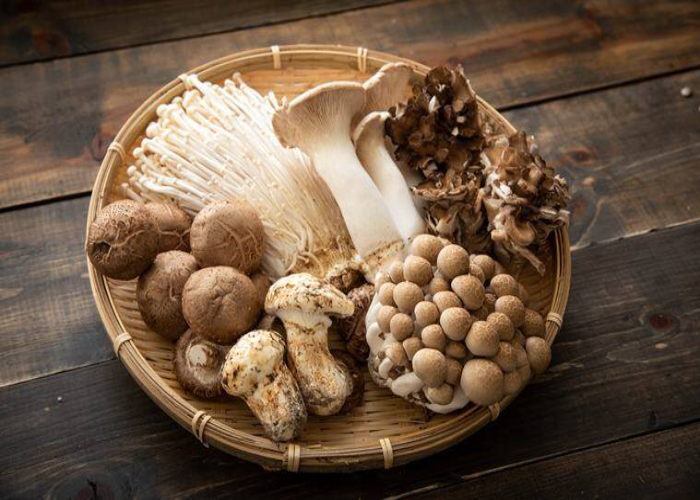Table of Contents
Mushrooms have a fascinating and vast kingdom. Getting a brief overview of all of them will take you years. You will be surprised to know that there are almost 15,000 species available only in the UK. If you culture the grown mushroom varieties, you will be amazed at their shape, colour, and characteristics, both edible and non-edible. Edible mushrooms give you a complete source of antioxidants and protein. However, some poisonous mushrooms can kill you.
In this article, we will cover some of the varieties because, considering their type and the more than 10,000 recorded species, it would be pretty hard to cover all of them in a single article.
The diversity of mushrooms is enough to increase people’s interest in them. Below, we have narrowed down a list, including the best ones that are widely popular. In this list, we have mushrooms that are commonly found; some have significant health benefits, and some are poisonous that you should avoid.
1. Amethyst Deceiver
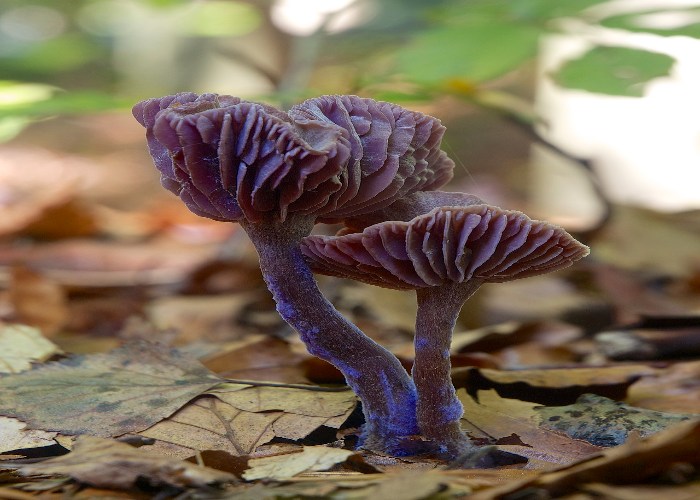
Commonly found in eastern North America and Europe’s woody region, this mushroom is edible. But, people often confuse it with a poisonous Lilac fibre cap due to its similar appearance. It is bright purple with a whitish hairy attached stem.
2. Autumn Chanterelle
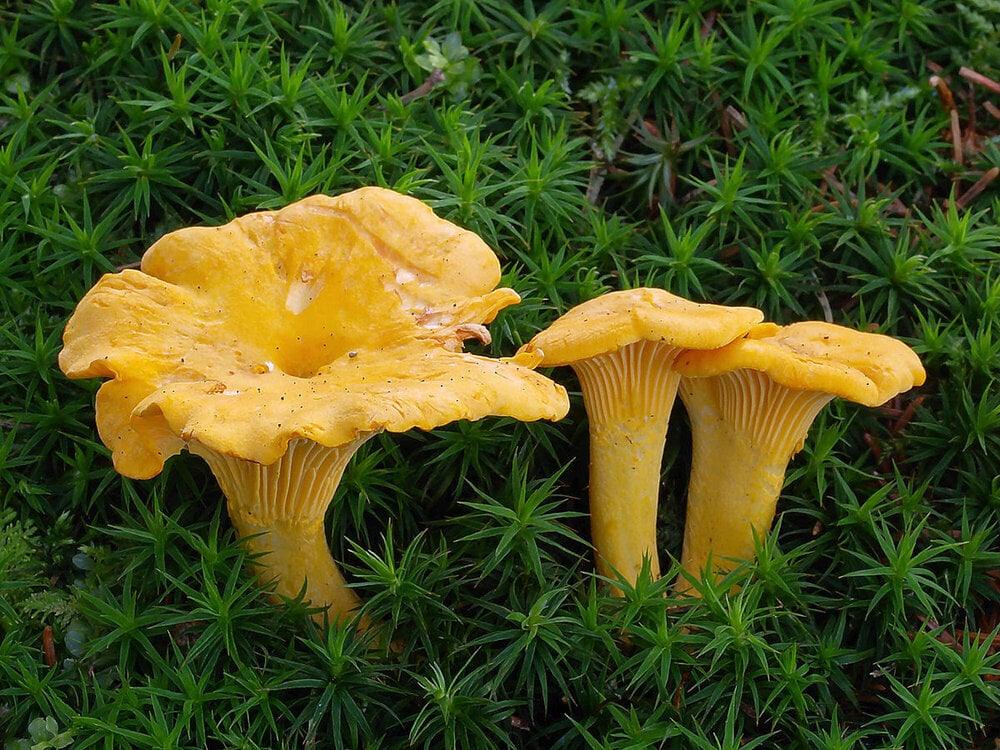
Appearing between summer and late autumn, this mushroom is found commonly in Eurasia, North and Central America, and Africa. They are dark brown with a distinctive creased gill.
3. Beech
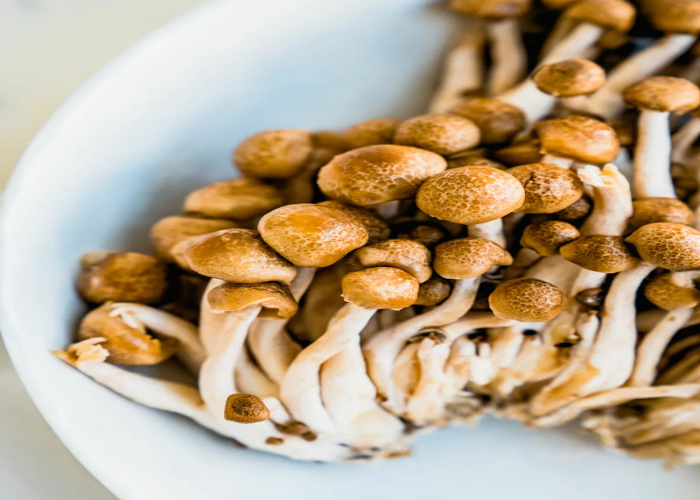
Typed as an edible tone in mushroom varieties, it is very popular in China and Japan. These mushrooms have a crunch in their flavour. Their texture is firm and easily recognised for their common white and brown colour.
4. Button Mushroom
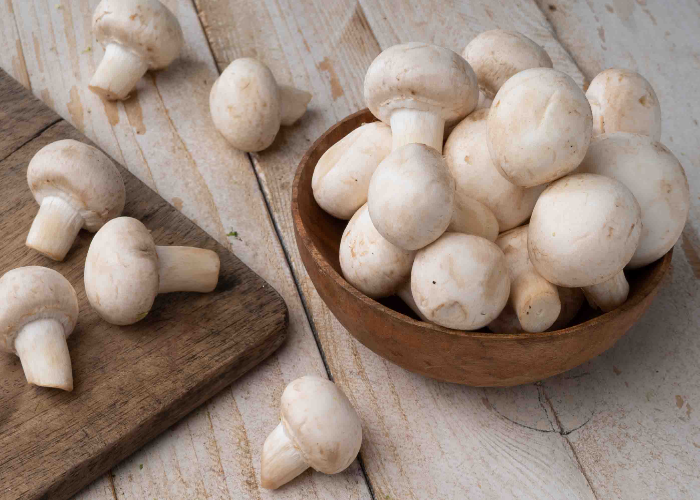
Button mushrooms are the most commonly available in different regions of Asia, Europe, and America’s local markets. They can be easily grown at your place with button mushroom spawn.
5. Chanterelle
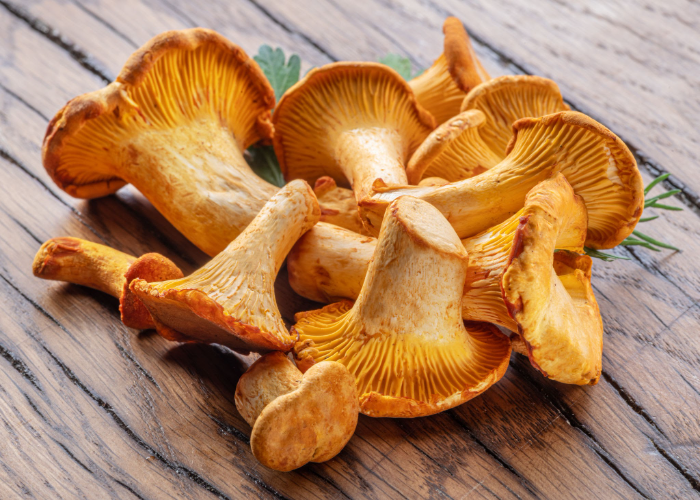
This mushroom is bright orange or yellow with a tender texture and is full of flavours. They are grown in different regions of Eurasia, North, Central America, and Africa. They are also harvested as one of the popular mushroom varieties.
6. Chicken of the Woods
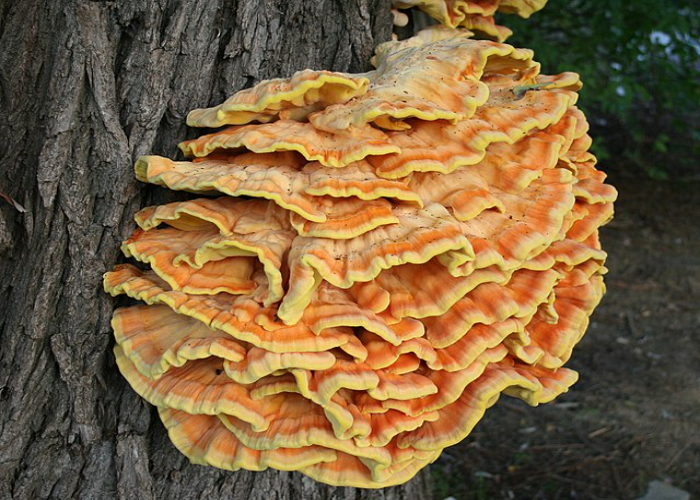
Mushroom eaters prefer Chicken of the Woods because this variety tastes like chicken. They are brightly coloured and found in shades ranging from orange to yellow. They are available in a vast region of Europe and eastern North America.
7. Deceiver
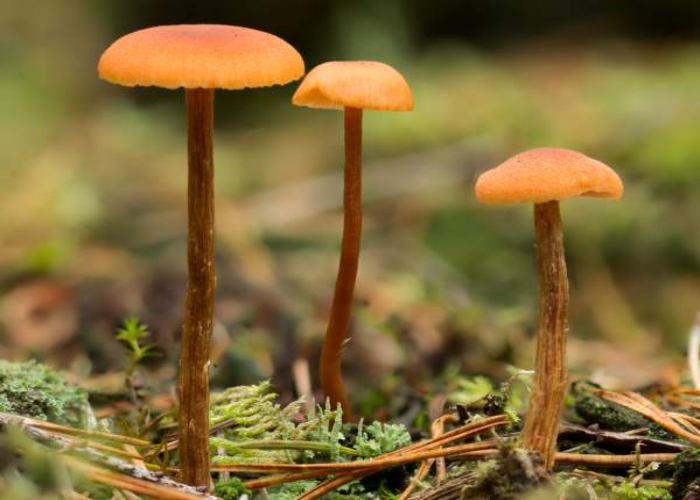
It is a small and edible mushroom with frilly caps. They are often eaten because they are not rich in flavour. This species is found throughout North America and Europe. It is a common species grown in woodlands.
8. Elm Oyster
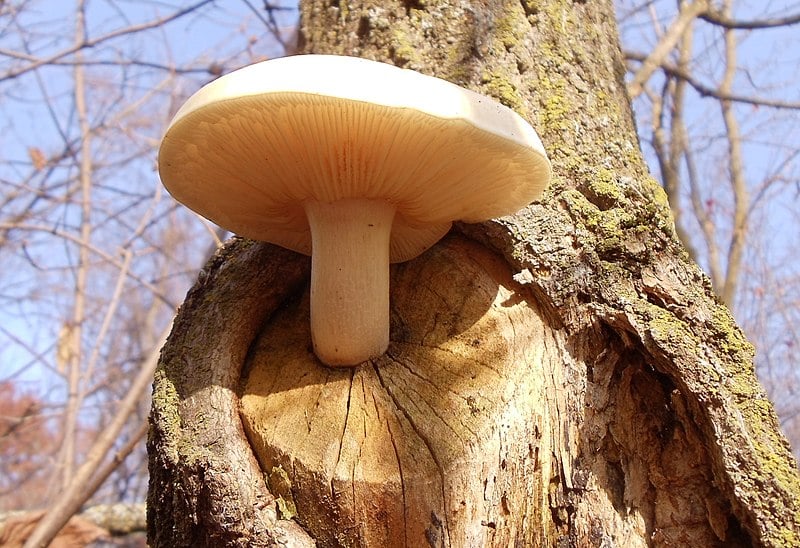
Found in temperate forests across North America, Europe, and Asia, these mushrooms are large, fleshy, and excellent in taste. They turn grey on maturity.
9. Fly Amanita
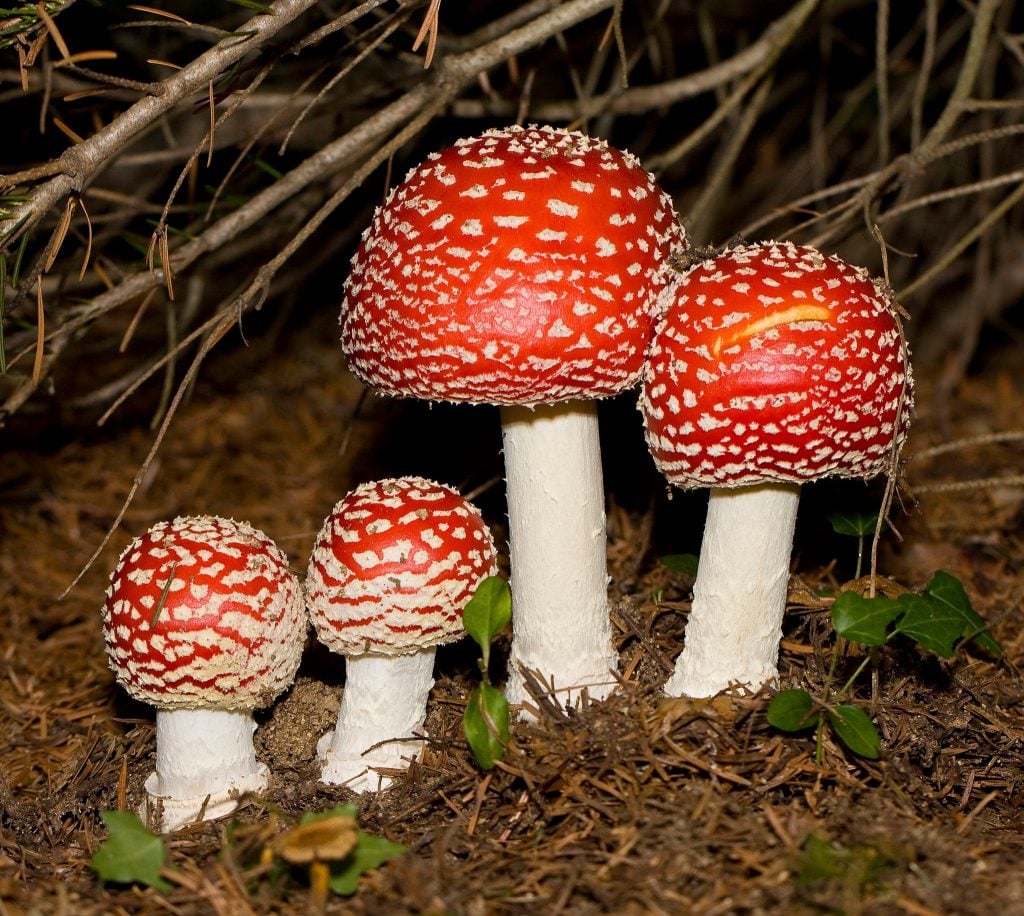
It looks like a golf ball and is deep reddish to orange; this mushroom is poisonous. It is found in different woody areas of the northern hemisphere, including Europe, northern Asia, and North America.
10. Giant Puffball
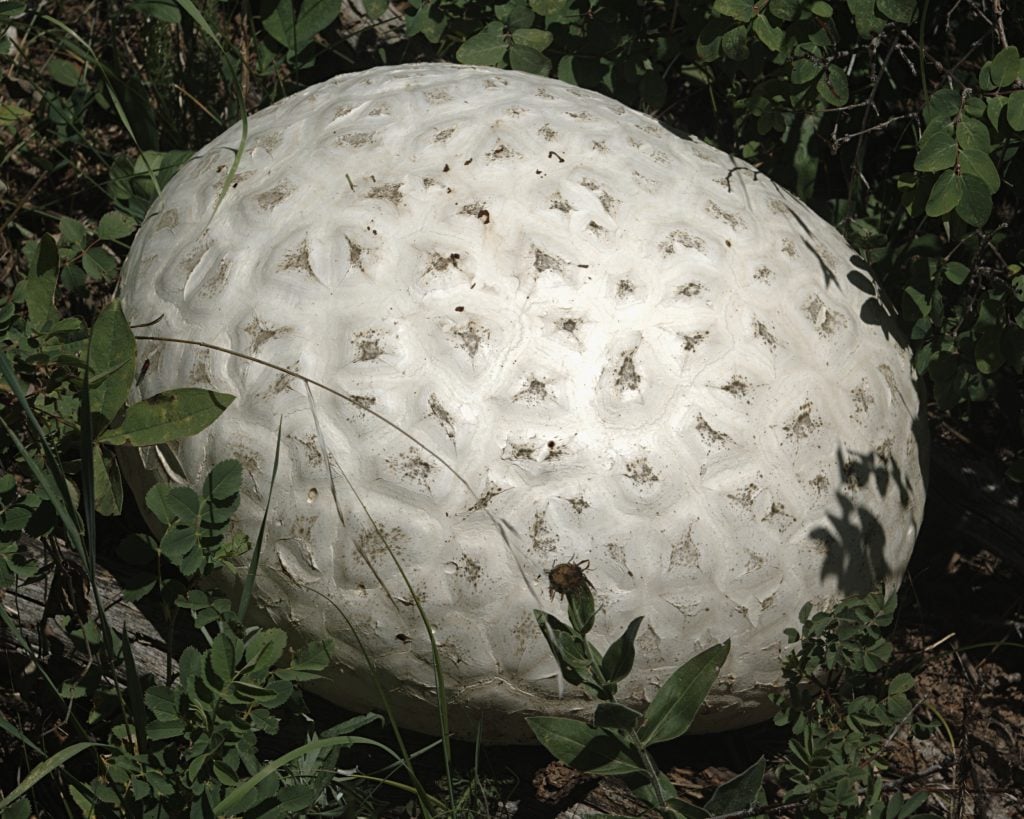
Giant Puffball is found in the central and eastern USA and Canada. Though they are one of the common mushroom varieties, only the immature puffballs are edible. They are greyish and whitish with huge flesh.
11. Honey Fungus
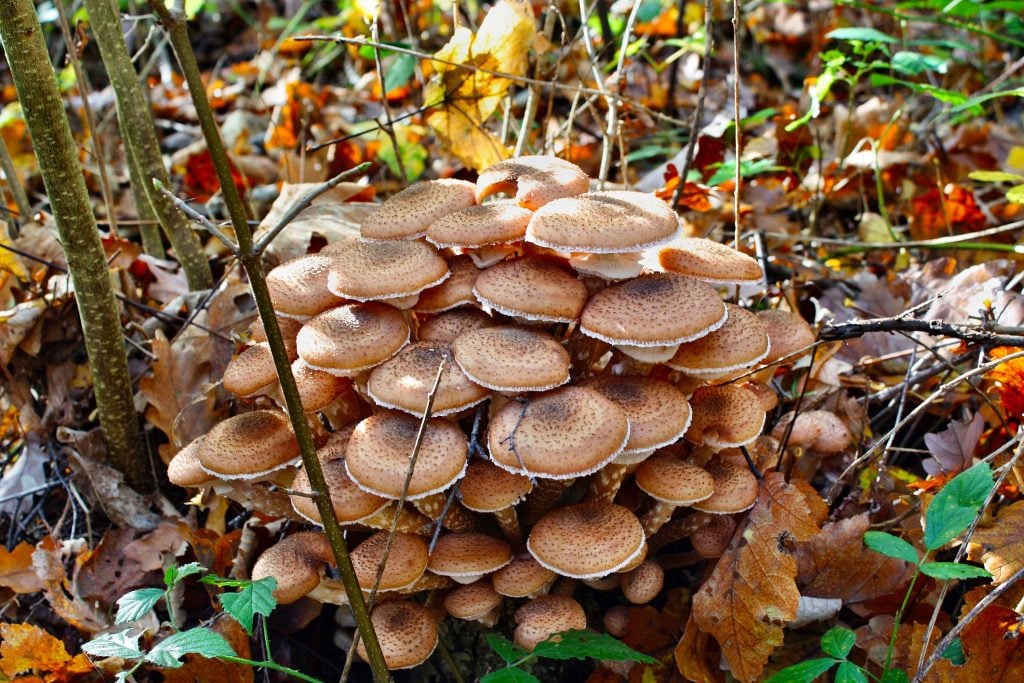
These honey-coloured mushrooms are found throughout northern North America and Europe. They are edible, but only the young ones.
12. Jack-O-Lantern Mushroom
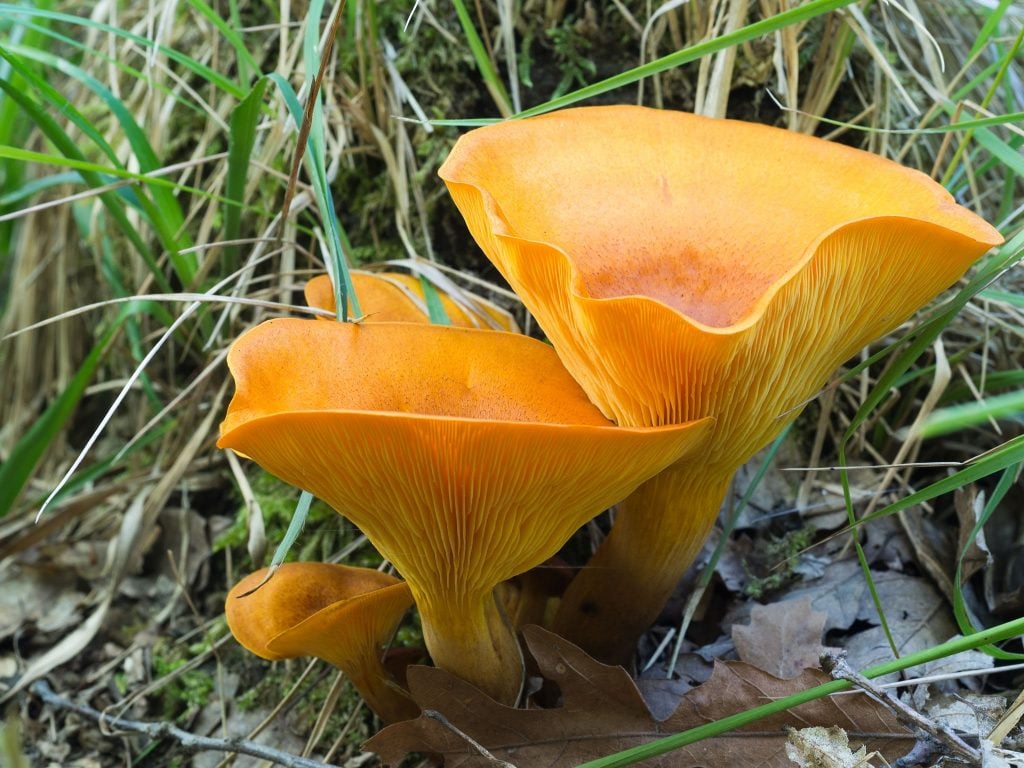
Found in the woodland areas of Europe, this variation is considered poisonous. Coloured bright orange, they are mainly grown in dense clusters of rotting woods and dead trees.
13. King Oyster
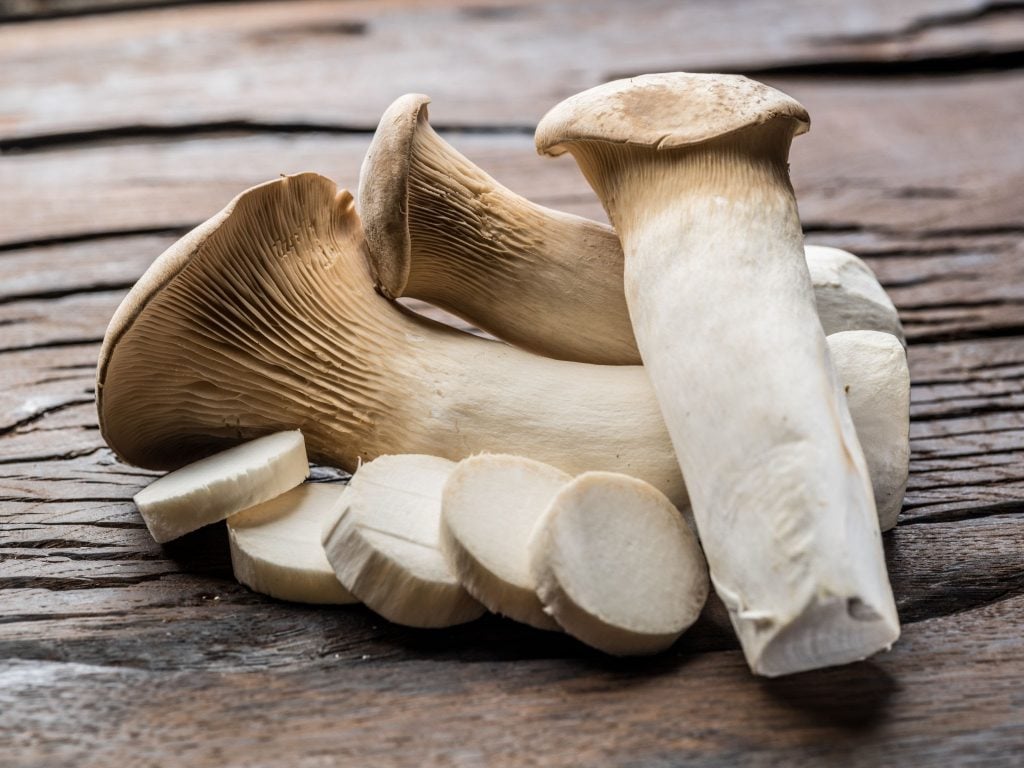
King oyster mushrooms look similar to oyster mushrooms. The only difference is they have a much firmer, meatier texture. Native to parts of Asia and North Africa, the King Oyster mushroom is greyish-brown.
14. Larch Bolete
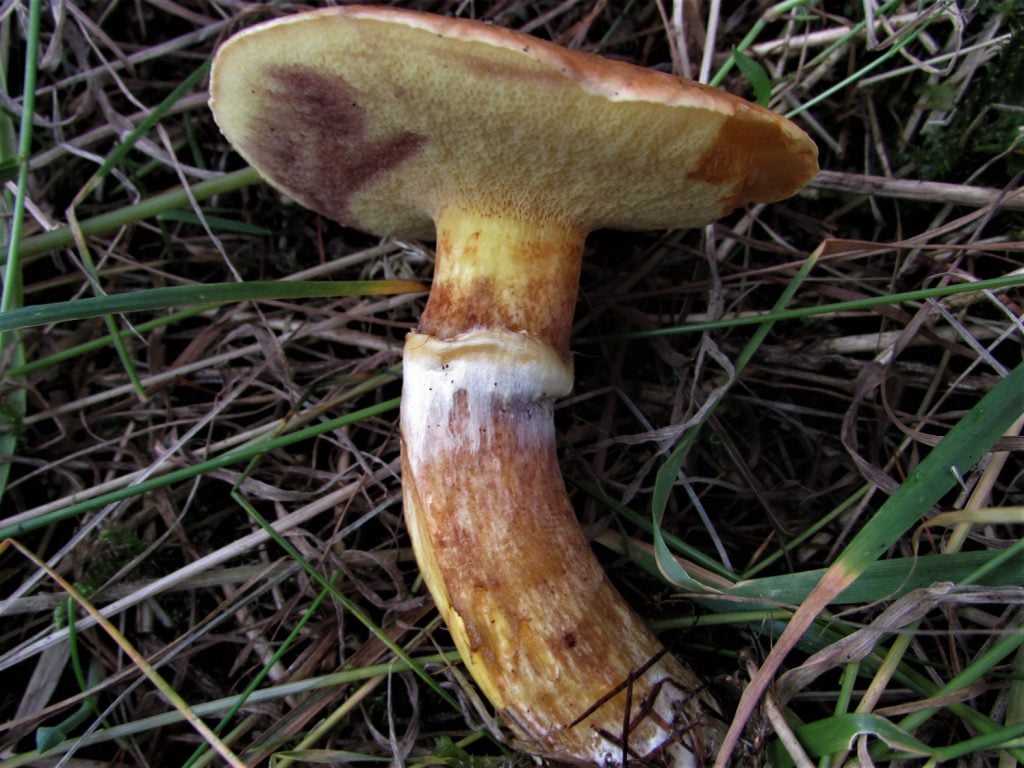
Mainly found in Western Scotland, this mushroom has a Yellow cap and a pale stem. These are grown near larch trees and are known as edible ones. Though, cutting off the yellow cap before cooking is suggested.
15. Lion’s Mane Mushrooms
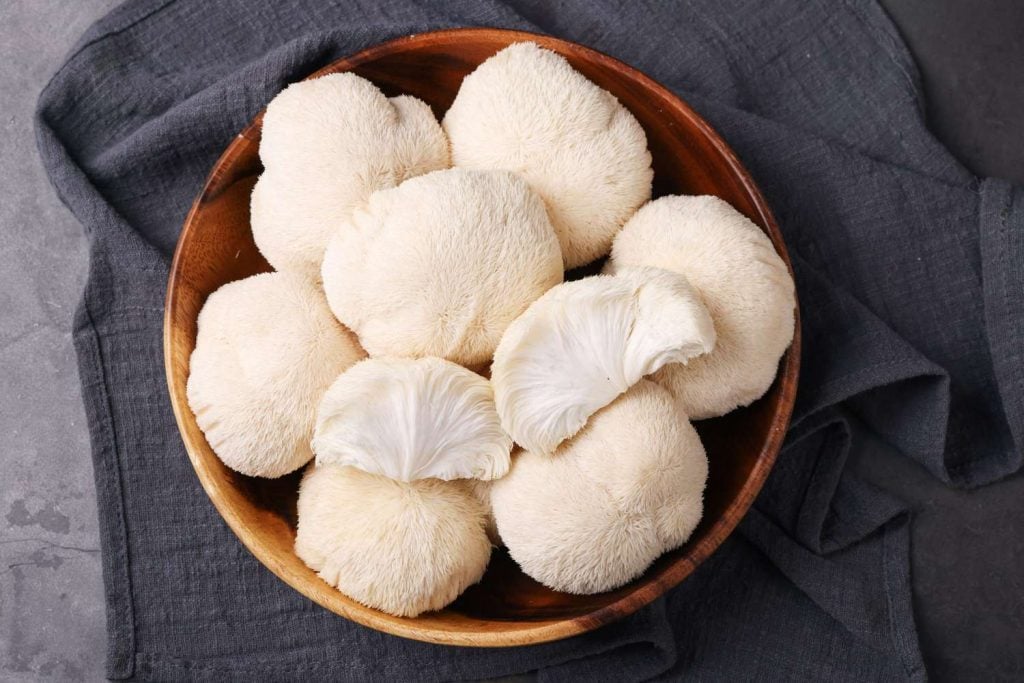
This mushroom looks similar to a lion’s mane and has a pompom-like appearance. In the list of mushroom varieties, this is a medicinal and edible one. They are found in different regions of North America and Canada, in online stores, and in powder form.
16. Matt Bolete
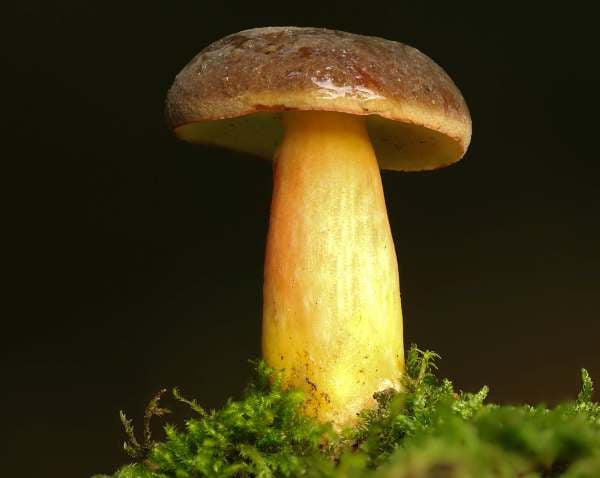
It is a yellow bolete-type mushroom with a few red dots over it. It is edible but not highly preferred by the mushroom eaters. They are pretty rare, too, in Britain and Ireland.
17. Meadow Puffball
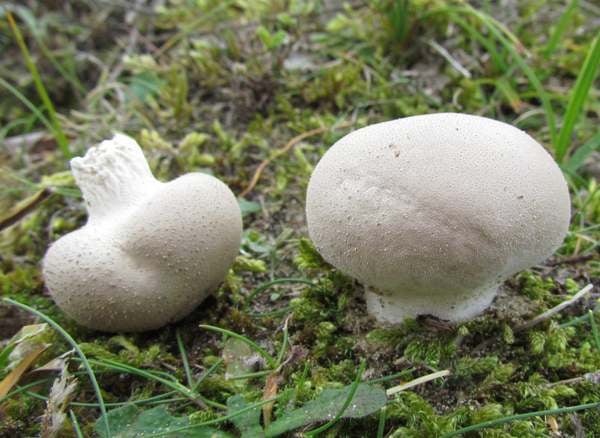
Other than mainland Europe and occasionally in North America, a vast growth of meadow puffballs is seen in Britain and Ireland. They are much smaller than other puffballs; this mushroom is edible and yellowish brown in colour.
18. Oak Bolete
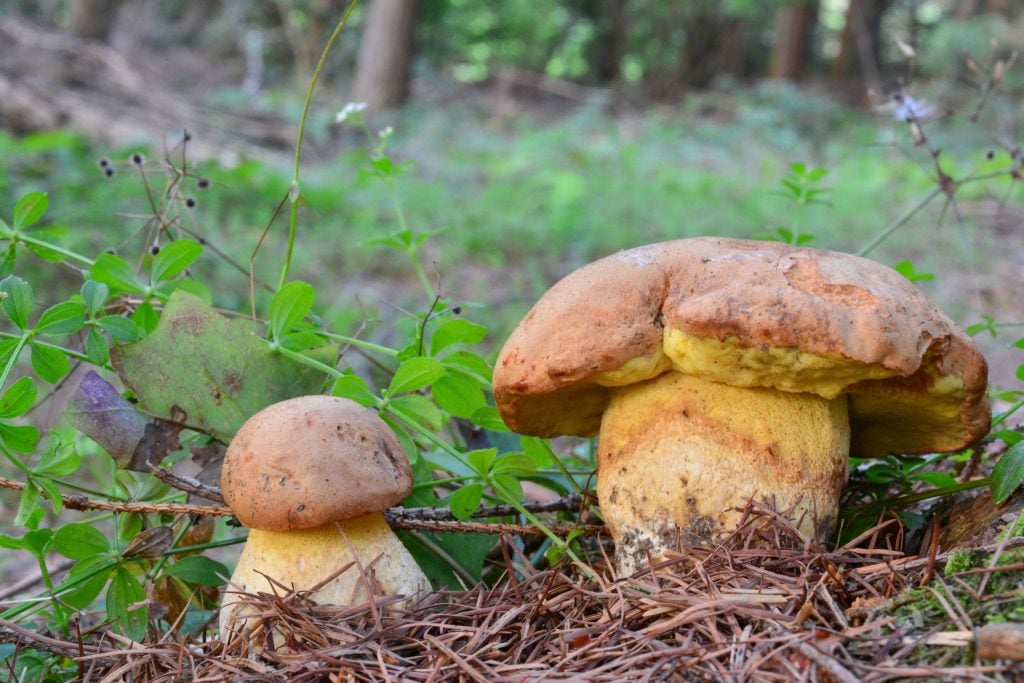
This particular species is commonly available in different parts of southern Europe, southwest France, and some specific regions of Portugal. The colour of this mushroom varies from rusky to red-brown.
19. Porcini
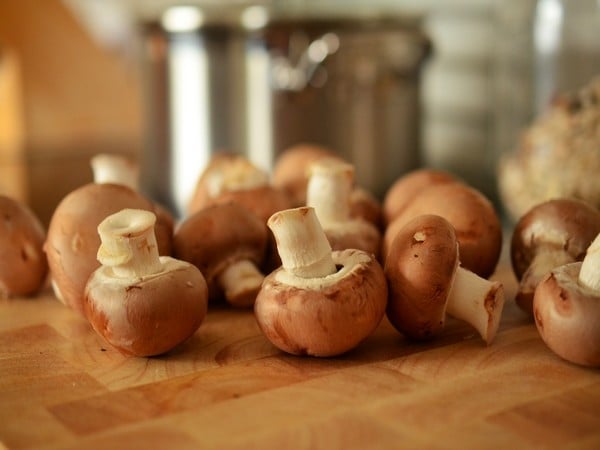
Porcini mushrooms are listed as edible mushrooms in mushroom varieties. Just after the first rain of winter, They grow around the pine trees and develop overnight. They are white or yellowish in colour and are cultivated in Europe, North America, and different parts of Asia.
20. Portobello
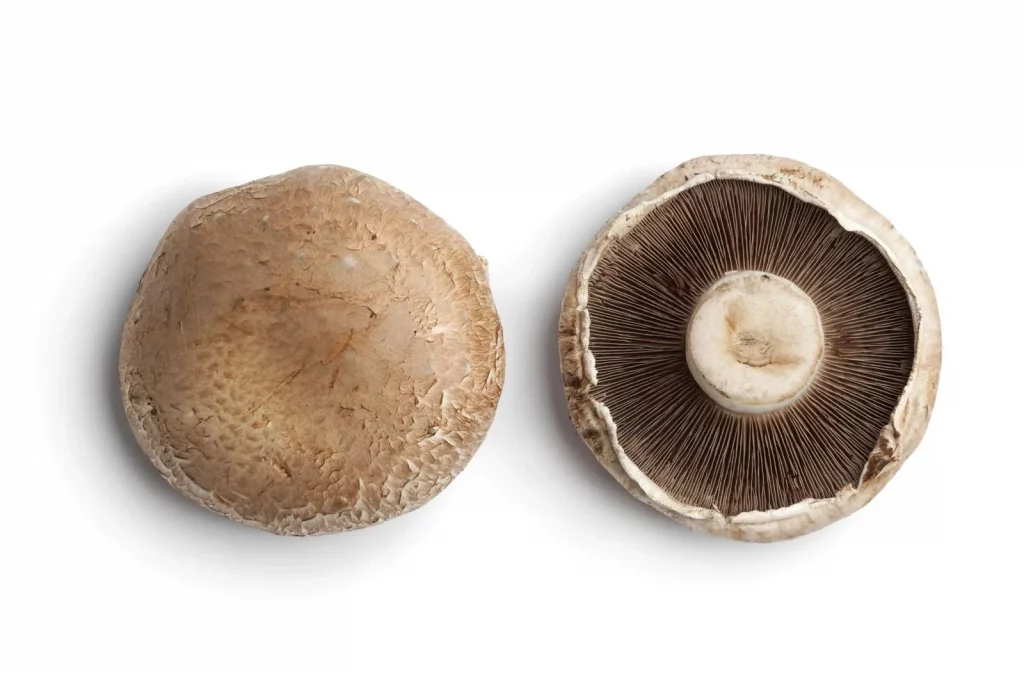
These mushrooms are extremely popular as edible ones. Different online stores sell these Portobello mushrooms. Their grilled form tastes delicious. The colour range is from tan to dark brown and is available in different markets in Asia, America, Europe, and Britain.
21. Reishi
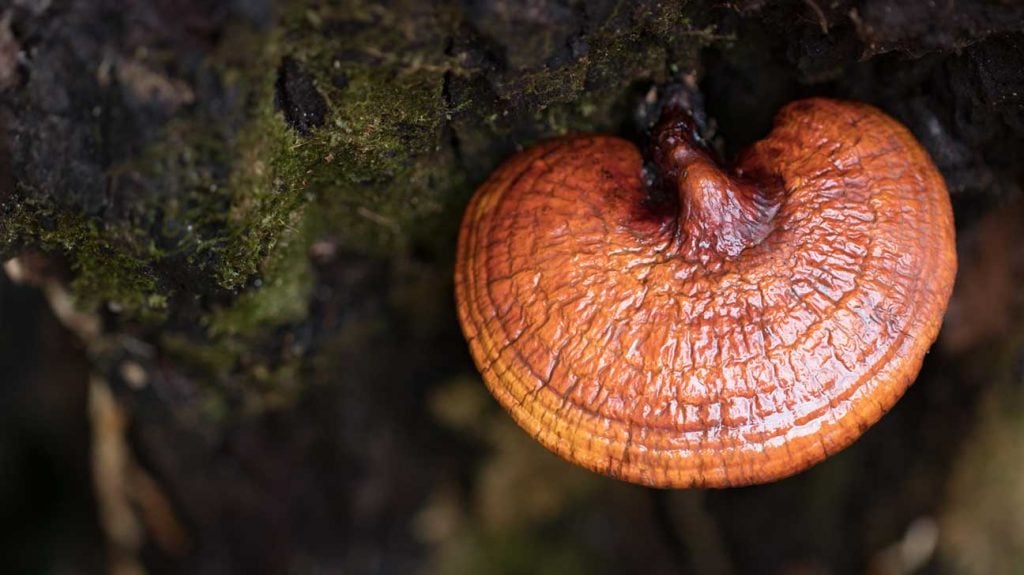
This mushroom is found in the geographic area of Asia, North and South America, Australia, and Southern parts of Europe. It is commonly known as a medicinal mushroom because of its antioxidant properties.
22. Russula Mushroom
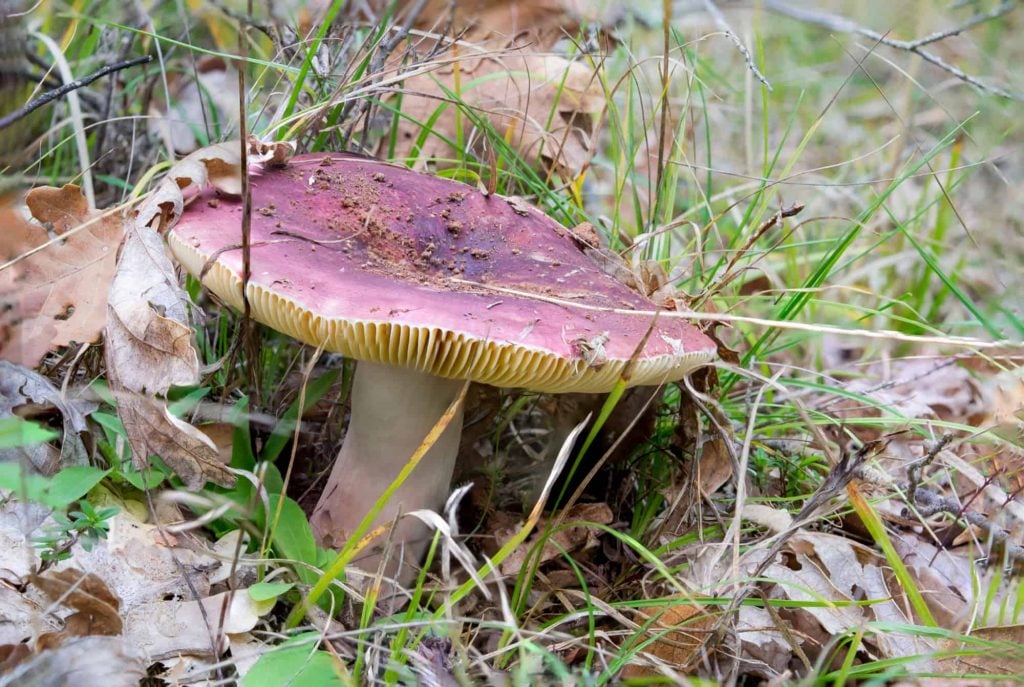
These are easily identified mushroom varieties for their vivid colours ranging from red, purple, and green to yellow. Some are poisonous, and some are edible. A distribution can be seen in Asia, North Africa, Europe, and Central America of this species.
23. Sweet Coral Clubs
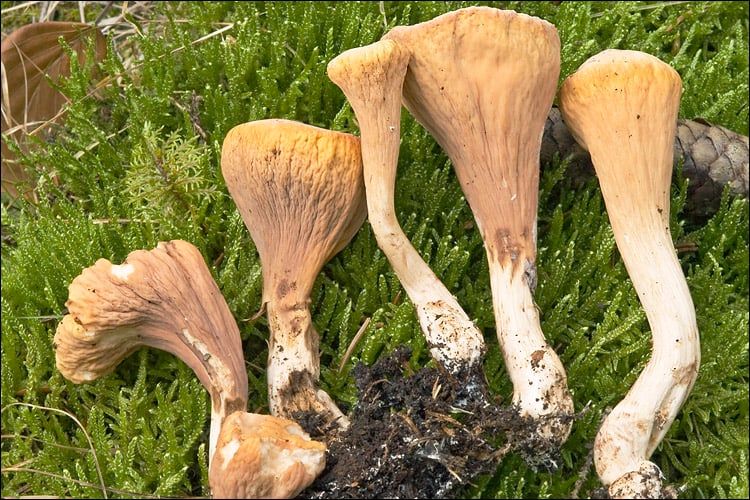
This mushroom is available in Northern Europe and some countries in Southern Europe. They are rare in Britain and Ireland. These edible mushrooms are yellowish-orange fruiting bodies.
24. Slender Parasol
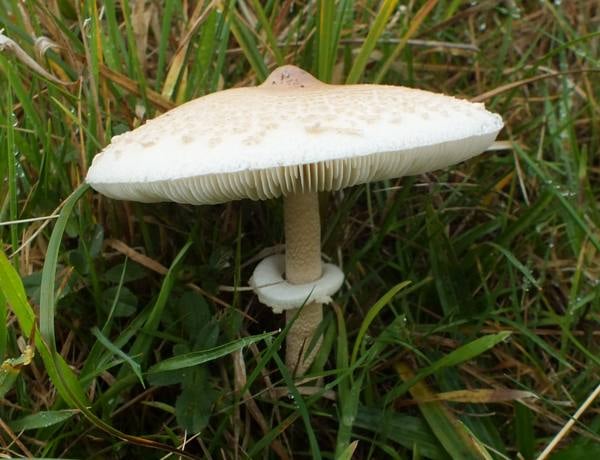
Aside from a huge availability in Britain and Ireland, Slender Parasols are found in different regions of Europe. Having a separate cap, gills, and stem, this mushroom is pale-coloured in the upper region and brown in the lower region.
25. Termite Mushrooms
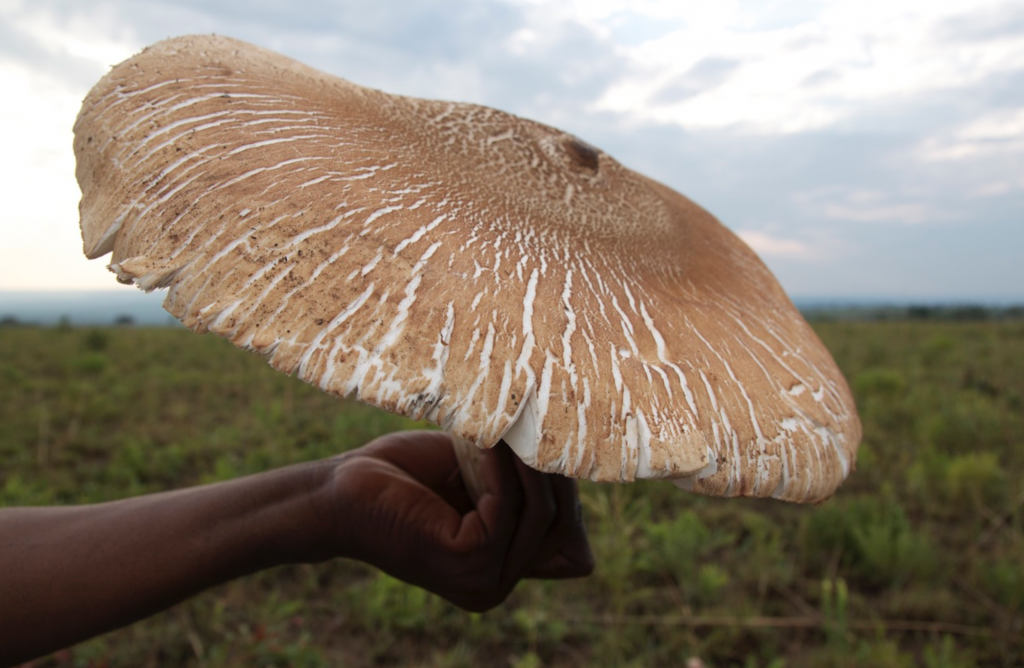
It is a mushroom found in Africa, Asia, and the Pacific Island region and has a unique food value. These mushrooms are sweet and whitish to yellowish brown.
26. Terracotta Wood Urchin
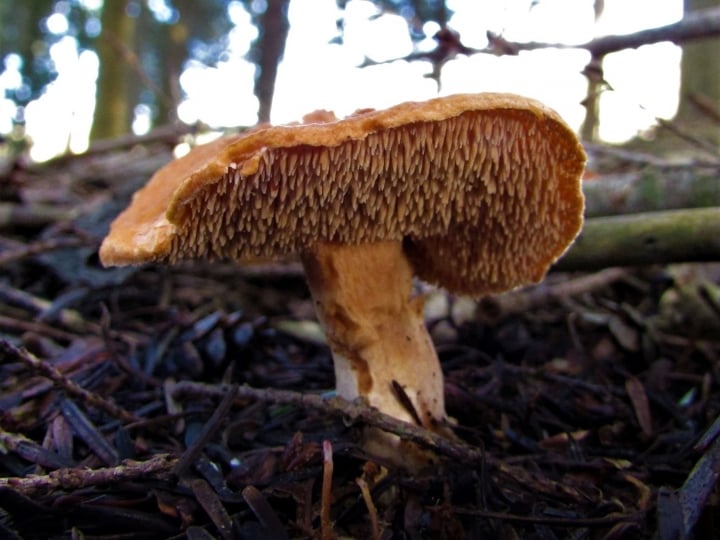
Fairly common in Britain, Ireland, and some regions of mainland Europe, this type of mushroom is reddish-orange. It is a popular edible species with pinkish-white and solid fleshy stems.
27. Velvet Shank
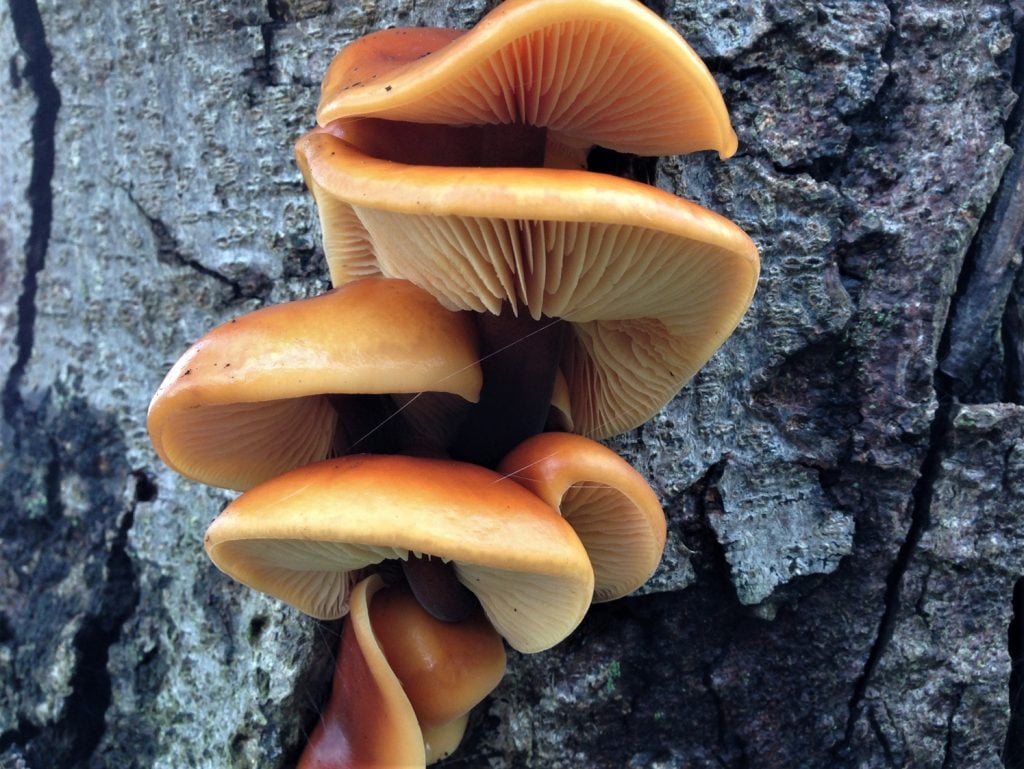
Fairly common in Britain and Ireland, this mushroom is available in Mainland Europe, North Africa, Asia, and North America. It is orange in the shade at first and fades into white. You can quickly get your hands on these edible ones.
28. Velvet Shield
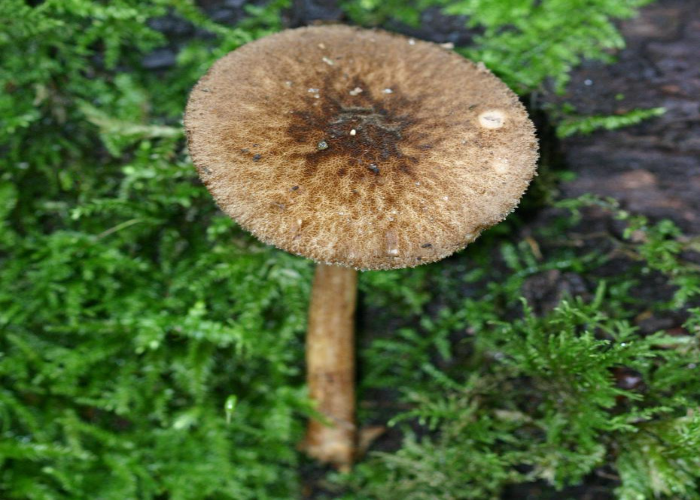
One of these mushroom varieties is recorded in different northern and central mainland Europe and North American brown regions. But they are very common in Britain and Ireland. Listed as an edible one, this mushroom is white to pale fawn.
29. Wine Cap
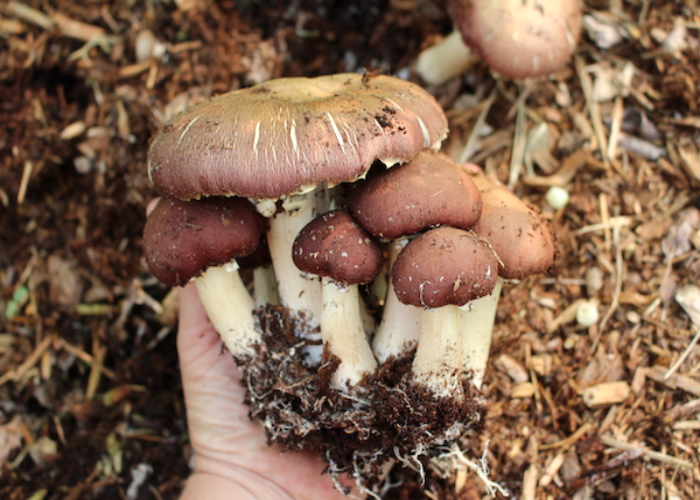
With a yellow-brown tone, this mushroom has a crisp, slightly nutty flavour. Aside from being a highly appreciated edible fungus, this is too popular among gardeners and available in the East of the Great Plains.
30. Wood Ear
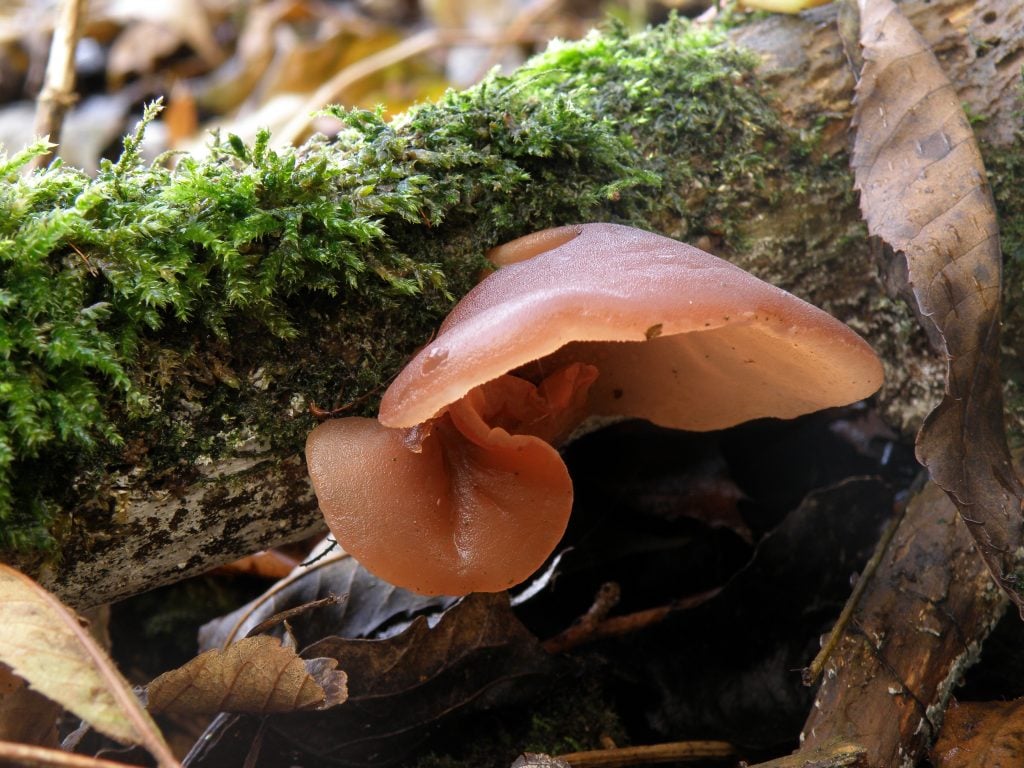
The edible fruiting bodies are brown or dark brown in shade with a slippery texture. Looked like human ears, this mushroom is found widely in local markets in Asia. The dried forms are also available in Asia, Europe, Indonesia, the South Pacific, Australia, Africa, North America, and South America.
Why Should People Eat Mushrooms?
Mushrooms have become a common ingredient in making diverse and exotic dishes. For a decade, mushrooms have been a popular option among eaters. Some people often think mushrooms are nearly identical, but it is untrue. People who have rarely tasted a few mushroom varieties can not even imagine how many species there are. People who are button mushroom lovers or only eat the Portobello ones don’t know that many cuisines can be made with mushrooms.
Aside from the different flavours and textures mushrooms have, their medicinal history is also something to be noted. According to medical science, they are great for boosting the immune system. They are rich in antioxidants, fibre, and protein. They are eaten to fight off different diseases and prevent infections. New discoveries are still occurring to prove how mushrooms can bring different health benefits to humans.
How Can You Avoid Poisonous Mushrooms?
Remember, mushroom picking is not everyone’s cup of tea. No scientific tests have been done to confirm a mushroom’s poison level. There is no rocket science in identifying the edible and non-edible ones. Over the years, people have gained knowledge and this identification power by observing the characteristics, colour, growing pattern, texture, and everything else. The safety level of a mushroom was also judged based on observation and eating or trying it practically. Take a look at the safety tips-
- Mushrooms have a white grill, ringed stems, and a bulky-looking sack.
- Avoid extremely red mushrooms.
- Third but not least, avoid eating a mushroom until you are entirely sure about the mushroom’s species.
Wrapping Up
The mushrooms are categorised as cultivated, wild, medicinal, poisonous, helpful, and psychoactive. As you can see, we have been able to list only a few of them. The list is vast. When you are planning to eat mushrooms or want to cultivate them, make sure you gather some knowledge on the mushroom varieties. There are different controversies about the exact edible species of mushrooms. People unfamiliar with these mushrooms can’t even distinguish them easily.
People looking for a balanced diet and eating balanced food often choose mushrooms as a supporting food. Mushrooms have healing power, especially against oxidative stress. From earthy to nutty, their variety is vast. So, hopefully, you have an overview of the mushrooms and can make a fair decision whether to eat them, pick them, or grow them.
Frequently Asked Questions
How Many Species of Mushrooms Are Available?
If you start checking the details of mushrooms and keep checking the complete species list, you will find that more than 10,000 mushroom varieties have been identified and recorded to date. However, researchers claim that it is just a percentage of the existing varieties that have been recorded. There are a vast number of types that are still undiscovered.
What Kinds of Areas Are Ideal for Growing Mushrooms?
Mushrooms can be grown anywhere, but humidity, temperature, and climate play a huge role here. There is a particular range for cultivating and growing mushrooms. It is why not every mushroom is found in the same tropical regions. However, they can be cultivated if the temperature and other things can be settled in their favour.
Can Mushrooms Be Grown with Spawn?
Yes, you can grow the mushrooms from store-bought spawns and stems. However, you must consider climatic conditions like light, moisture, nutrients, and temperature. When you plan to start, remove the tops from the mushrooms, and cut the stems into pieces. Then, take a cardboard box, a paper bag, and some plastic to add a bedding layer. Once it’s done, you can spread the mushroom stem pieces.
How Big Is the Mushroom Market’s Potential?
Mushrooms are extremely popular and have great market potential. More or less, you can find mushrooms in every region, grocery store, or market. If you check, there is also a huge mushroom market over online sites. White button mushrooms are sold the most. They are available in cans in soup forms.

